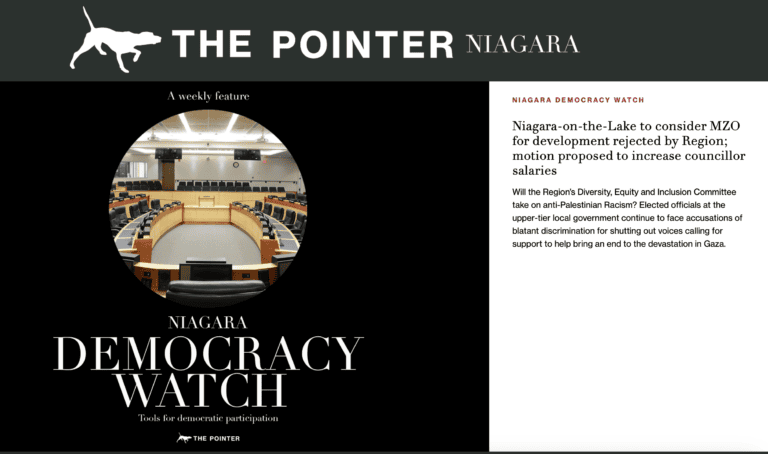This photograph is captioned with “Solid Comfort: Lieutenant Cochrane after a busy day.” It shows the interior of a canvas tent that the officers and soldiers would have lived under during their training here during the First World War. There would be one to two officers per tent, unlike the tents for the regular soldiers who would sleep eight to a tent with their feet toward the central pole.
They would be awakened by a bugler’s Reveille at 5:30 a.m. and the side walls of the tent would be rolled up tightly. After a quick wash and shave in troughs of cold soapy water, the men would fall in at the battalion’s parade group for officers’ report followed by a chaplain’s prayer for King and empire. After breakfast, there was an hour of bayonet fighting and physical training. At 9:30 a.m., they were dispersed for lectures, hands-on instruction and drills. At noon they were served a substantial hot meal followed by a 2 p.m. rest period and more training shortly thereafter. A light supper at 5 p.m. would be followed by free time until the first post at 9:30 p.m. By 10 p.m. all lights (candles) and cigarettes would be out by the sound of the bugler’s Last Post.
Monotony of camp was broken by various special events such as manoeuvres, tattoos, VIP visits, visiting days (Sundays) and occasionally men were granted leave for three days. Various parades also included the Church Parade (Sundays), Bathing Parade, Sick Parade, Foot Parade, “Short-arm parade” or long route marches.










